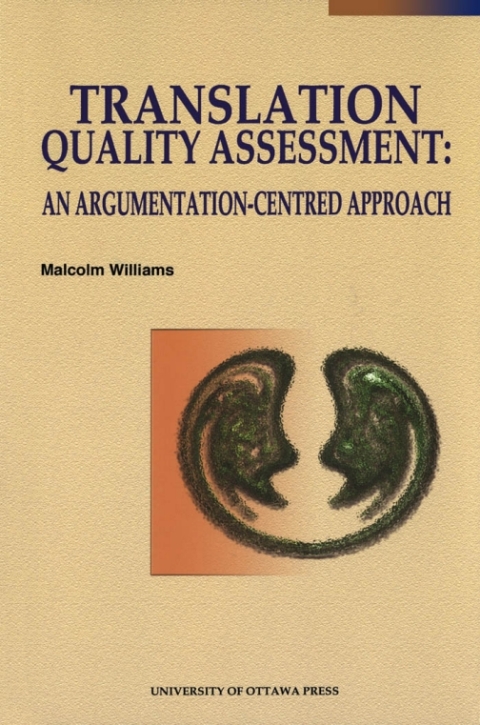Description
Efnisyfirlit
- Contents
- Acknowledgments
- Introduction
- Part I: Developing an argumentation-centred TQA model
- Chapter One: The present state of TQA and study objectives
- 1.1. TQA approaches
- 1.2. Investigations and definitions of translation norms
- 1.3. Present state: conclusions and issues
- 1.4. Objectives
- Chapter Two: Overview of argumentation framework and argument schema
- 2.1. Logic, argument and rhetoric
- 2.2. Features of an argumentation-centred TQA model
- 2.3. Argument schema
- Chapter Three: Rhetorical topology
- 3.1. Elements of the topology
- 3.2. Organizational relations
- 3.3. Conjunctives and other inference indicators
- 3.4. From inference indicators to propositional function
- 3.5. Types of argument
- 3.6. Figures
- 3.7. Narrative strategy
- 3.8. Argumentation parameters and TQA grid
- Chapter Four: Defining major error, testing the model, and determining the quality standard: prepara
- 4.1. Defining major error
- 4.2. Testing the model
- 4.3. Determining the translation quality standard
- Part II: Testing and refining the model and defining a quality standard
- Chapter Five: Testing the model
- 5.1. Analytical process
- 5.2. Analysis
- 5.3. Comparative summary of results
- Chapter Six: Refining the model
- 6.1. Introduction
- 6.2. Overall and field/use-specific TQA
- 6.3. Comparison of ARTRAQ and quantitative-microtextual TQA in terms of quality of information
- 6.4. Refinements
- Chapter Seven: ARTRAQ and development of a standard
- 7.1. Introduction
- 7.2. From norm to standard
- 7.3. Translation quality standard
- Conclusion
- 1. TQA model
- 2. Definition of error
- 3. Definition of translation quality standard
- Appendix One: Model assessment
- Appendix Two: Terminology
- Bibliography
- Further Reading
- Index
- A
- B
- C
- D
- E
- F
- G
- H
- I
- J
- L
- M
- N
- O
- P
- Q
- R
- S
- T
- U
- V
- W






Reviews
There are no reviews yet.